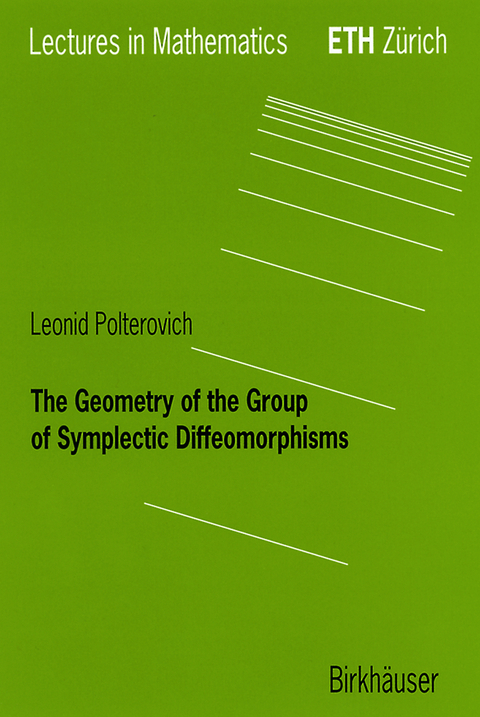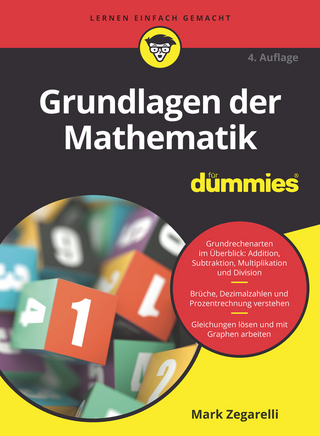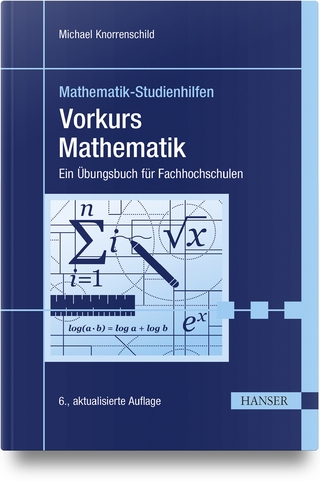
The Geometry of the Group of Symplectic Diffeomorphism
Springer Basel (Verlag)
978-3-7643-6432-8 (ISBN)
Preface.- 1 Introducing the Group.- 1.1 The origins of Hamiltonian diffeomorphisms.- 1.2 Flows and paths of diffeomorphisms.- 1.3 Classical mechanics.- 1.4 The group of Hamiltonian diffeomorphisms.- 1.5 Algebraic properties of Ham(M, Q).- 2 Introducing the Geometry.- 2.1 A variational problem.- 2.2 Biinvariant geometries on Ham(M, Q).- 2.3 The choice of the norm: Lp vs. Loa.- 2.4 The concept of displacement energy.- 3 Lagrangian Submanifolds.- 3.1 Definitions and examples.- 3.2 The Liouville class.- 3.3 Estimating the displacement energy.- 4 The $$bar partial$$-Equation.- 4.1 Introducing the $$bar partial$$-operator.- 4.2 The boundary value problem.- 4.3 An application to the Liouville class.- 4.4 An example.- 5 Linearization.- 5.1 The space of periodic Hamiltonians.- 5.2 Regularization.- 5.3 Paths in a given homotopy class.- 6 Lagrangian Intersections.- 6.1 Exact Lagrangian isotopies.- 6.2 Lagrangian intersections.- 6.3 An application to Hamiltonian loops.- 7 Diameter.- 7.1 The starting estimate.- 7.2 The fundamental group.- 7.3 The length spectrum.- 7.4 Refining the estimate.- 8 Growth and Dynamics.- 8.1 Invariant tori of classical mechanics.- 8.2 Growth of one-parameter subgroups.- 8.3 Curve shortening in Hofer's geometry.- 8.4 What happens when the asymptotic growth vanishes?.- 9 Length Spectrum.- 9.1 The positive and negative parts of Hofer's norm.- 9.2 Symplectic fibrations over S2.- 9.3 Symplectic connections.- 9.4 An application to length spectrum.- 10 Deformations of Symplectic Forms.- 10.1 The deformation problem.- 10.2 The $$bar partial$$-equation revisited.- 10.3 An application to coupling.- 10.4 Pseudo-holomorphic curves.- 10.5 Persistence of exceptional spheres.- 11 Ergodic Theory.- 11.1 Hamiltonian loops as dynamical objects.- 11.2 Theasymptotic length spectrum.- 11.3 Geometry via algebra.- 12 Geodesics.- 12.1 What are geodesics?.- 12.2 Description of geodesics.- 12.3 Stability and conjugate points.- 12.4 The second variation formula.- 12.5 Analysis of the second variation formula.- 12.6 Length minimizing geodesics.- 13 Floer Homology.- 13.1 Near the entrance.- 13.2 Morse homology in finite dimensions.- 13.3 Floer homology.- 13.4 An application to geodesics.- 13.5 Towards the exit.- 14 Non-Hamiltonian Diffeomorphisms.- 14.1 The flux homomorphism.- 14.2 The flux conjecture.- 14.3 Links to "hard" symplectic topology.- 14.4 Isometries in Hofer's geometry.- List of Symbols.
| Erscheint lt. Verlag | 1.3.2001 |
|---|---|
| Reihe/Serie | Lectures in Mathematics. ETH Zürich |
| Zusatzinfo | XII, 136 p. 2 illus. |
| Verlagsort | Basel |
| Sprache | englisch |
| Maße | 170 x 240 mm |
| Gewicht | 254 g |
| Themenwelt | Mathematik / Informatik ► Mathematik ► Allgemeines / Lexika |
| Mathematik / Informatik ► Mathematik ► Geometrie / Topologie | |
| Schlagworte | classical mechanics • diffeomorphism • Floer homology • Geometry • Global Analysis • manifold • Symplectic Manifold |
| ISBN-10 | 3-7643-6432-7 / 3764364327 |
| ISBN-13 | 978-3-7643-6432-8 / 9783764364328 |
| Zustand | Neuware |
| Haben Sie eine Frage zum Produkt? |
aus dem Bereich


